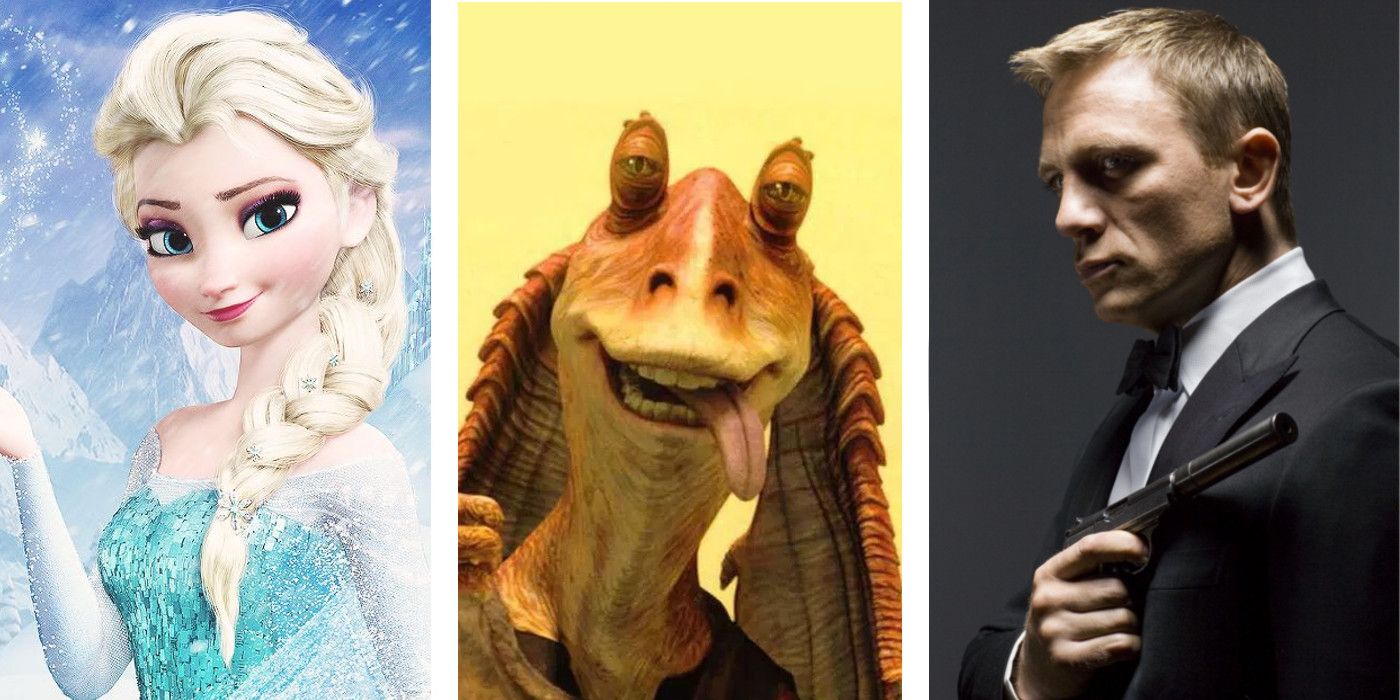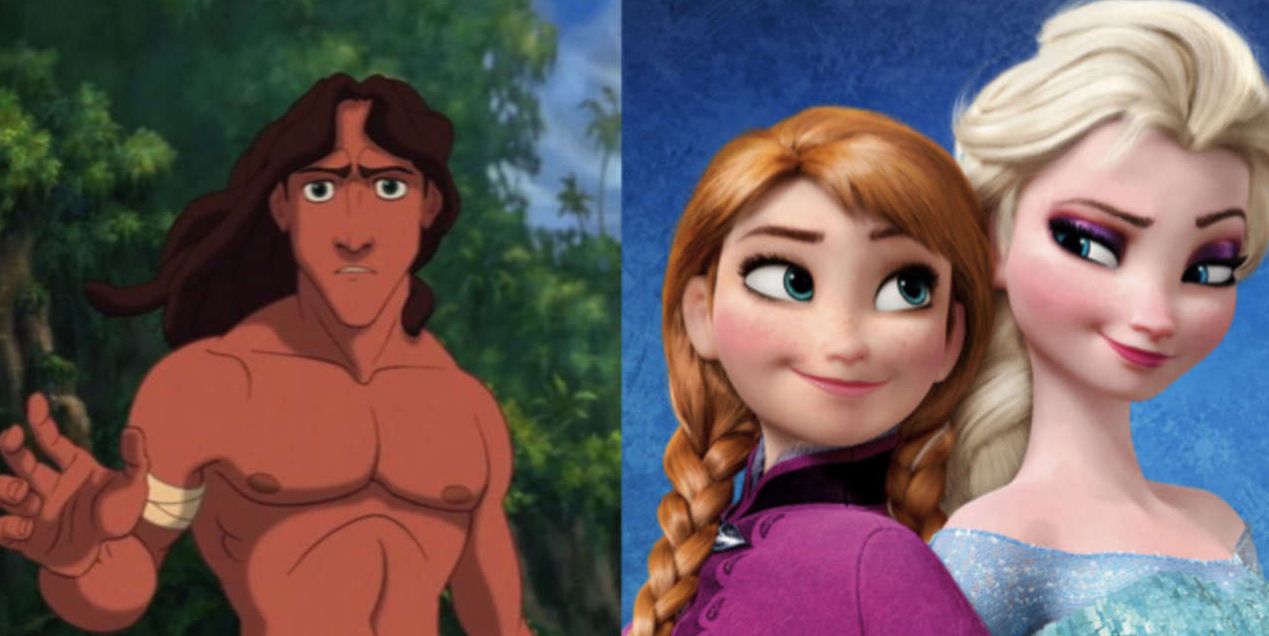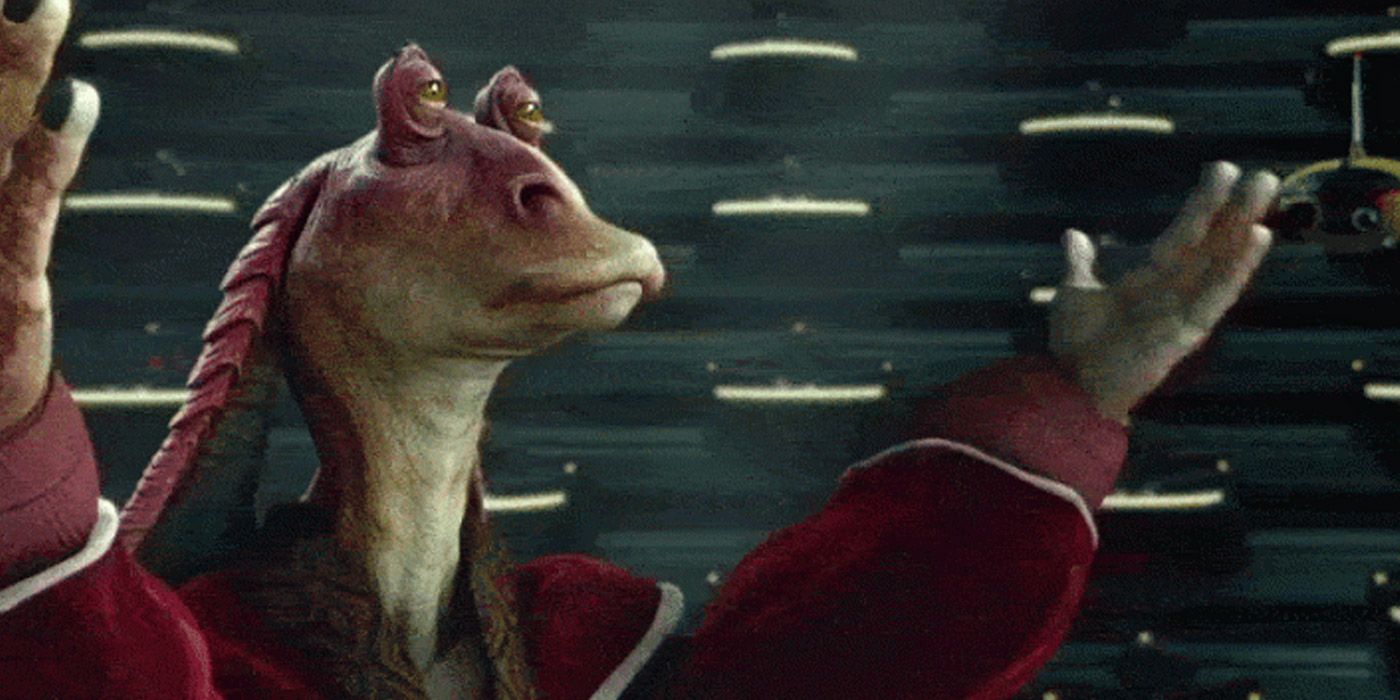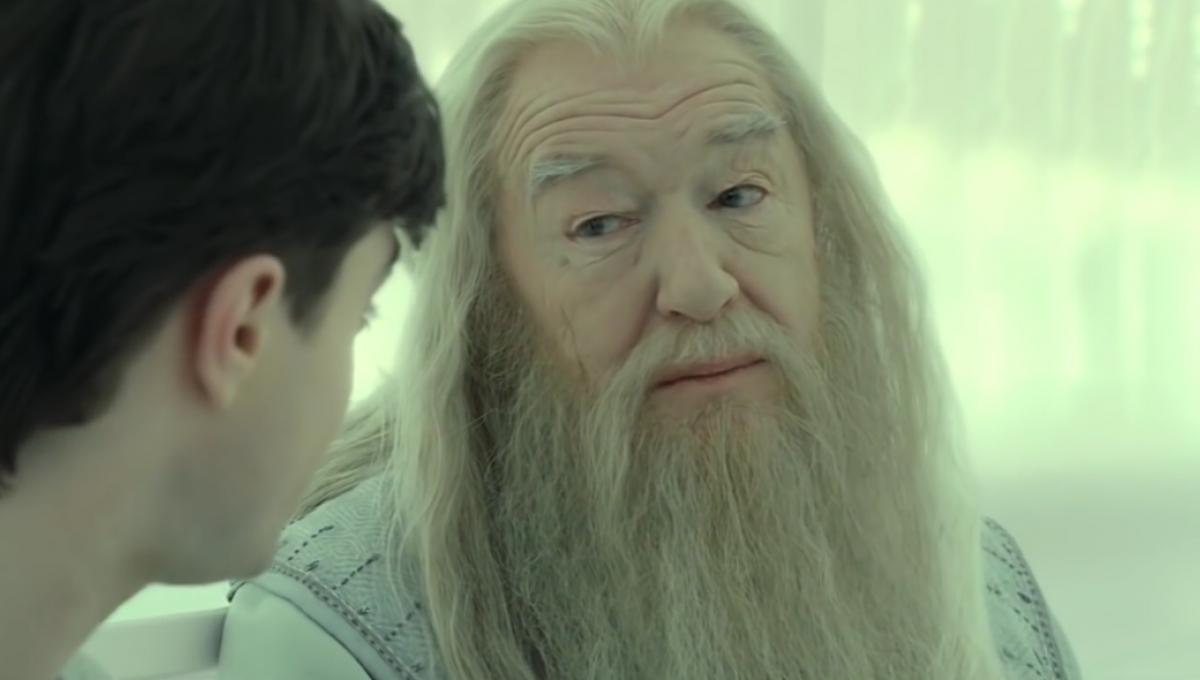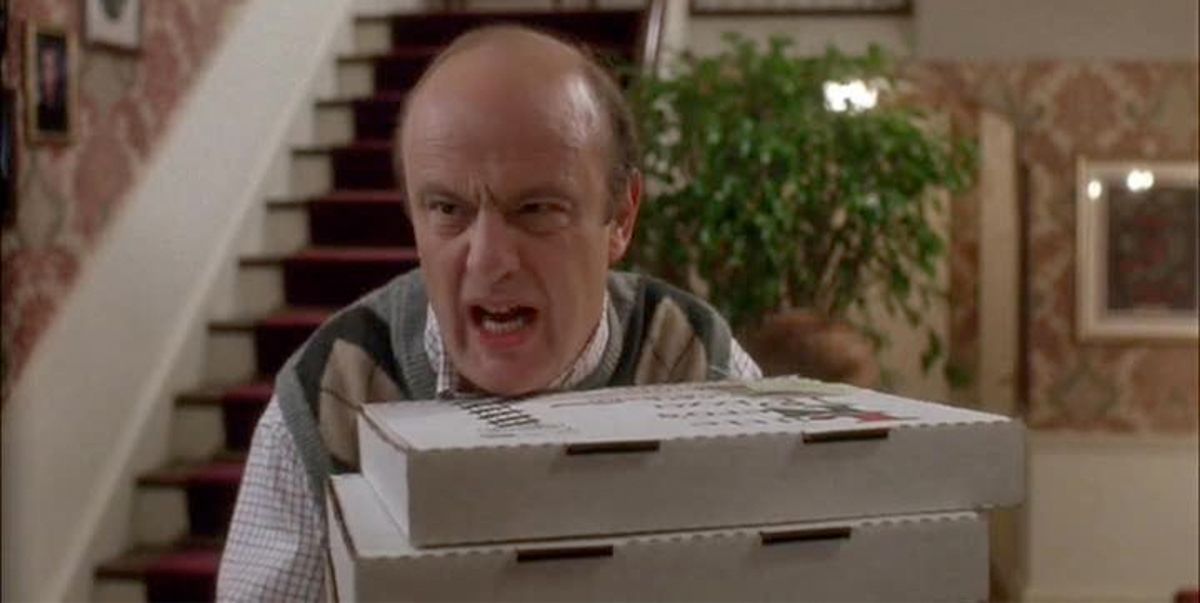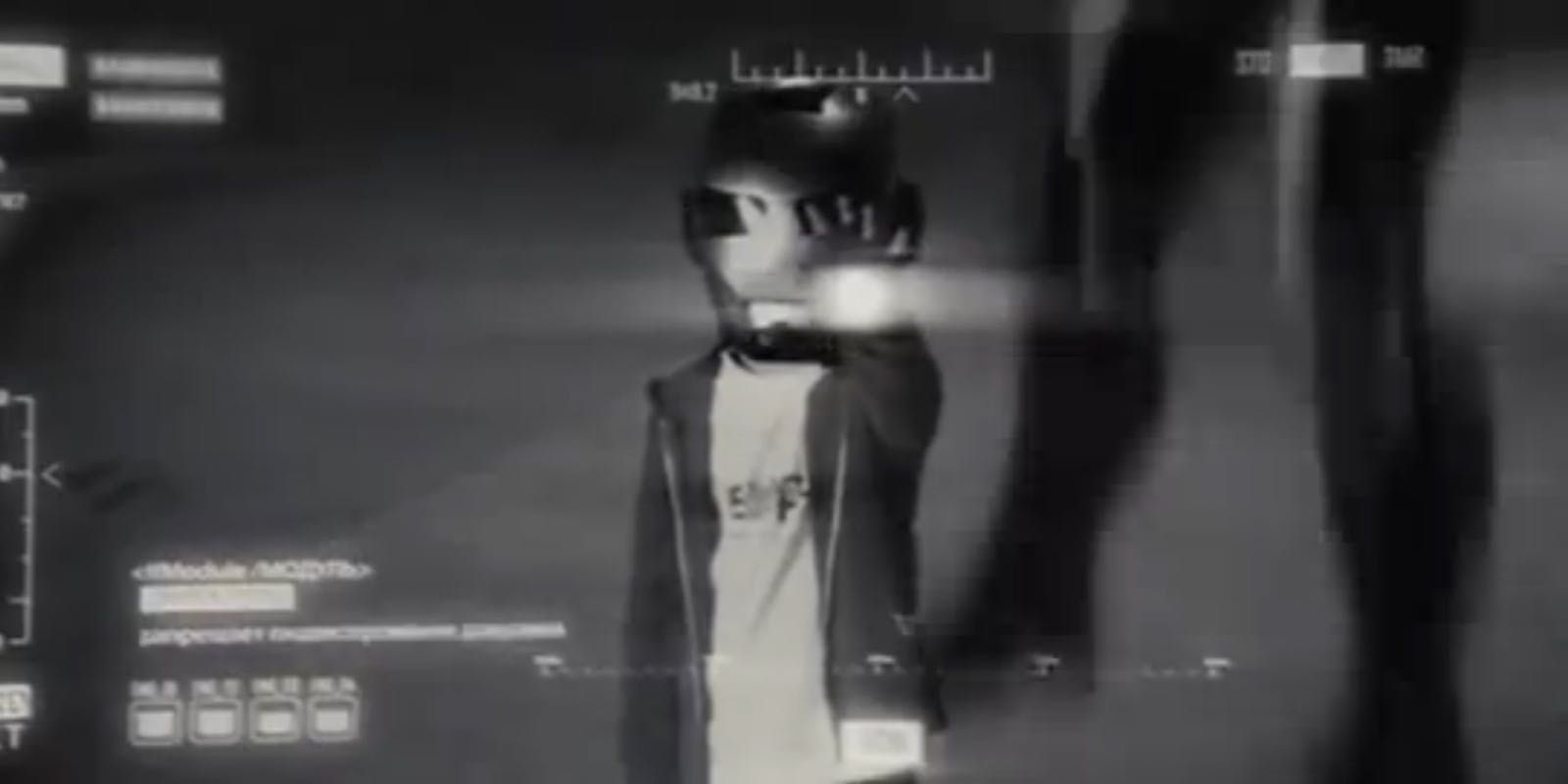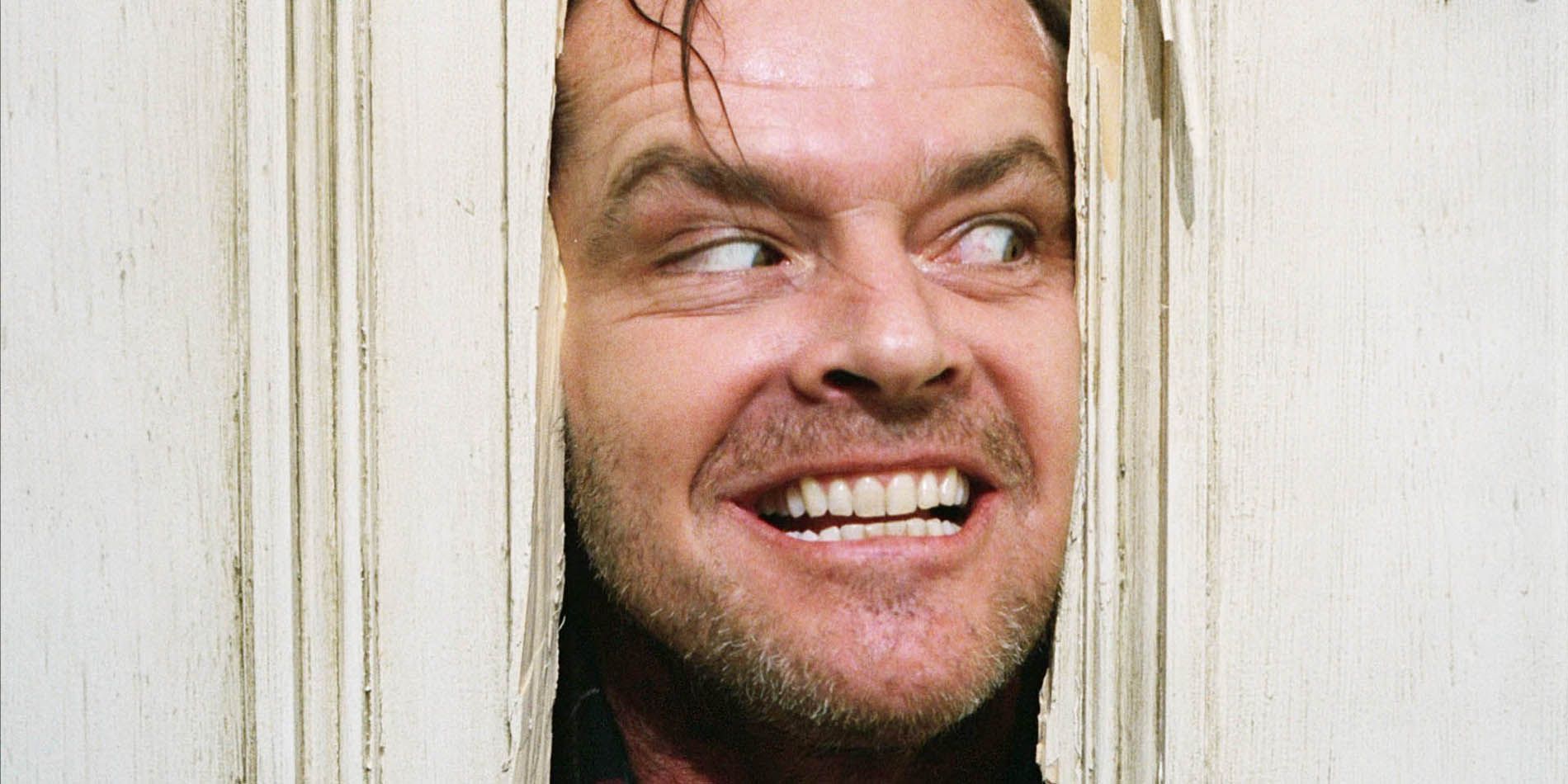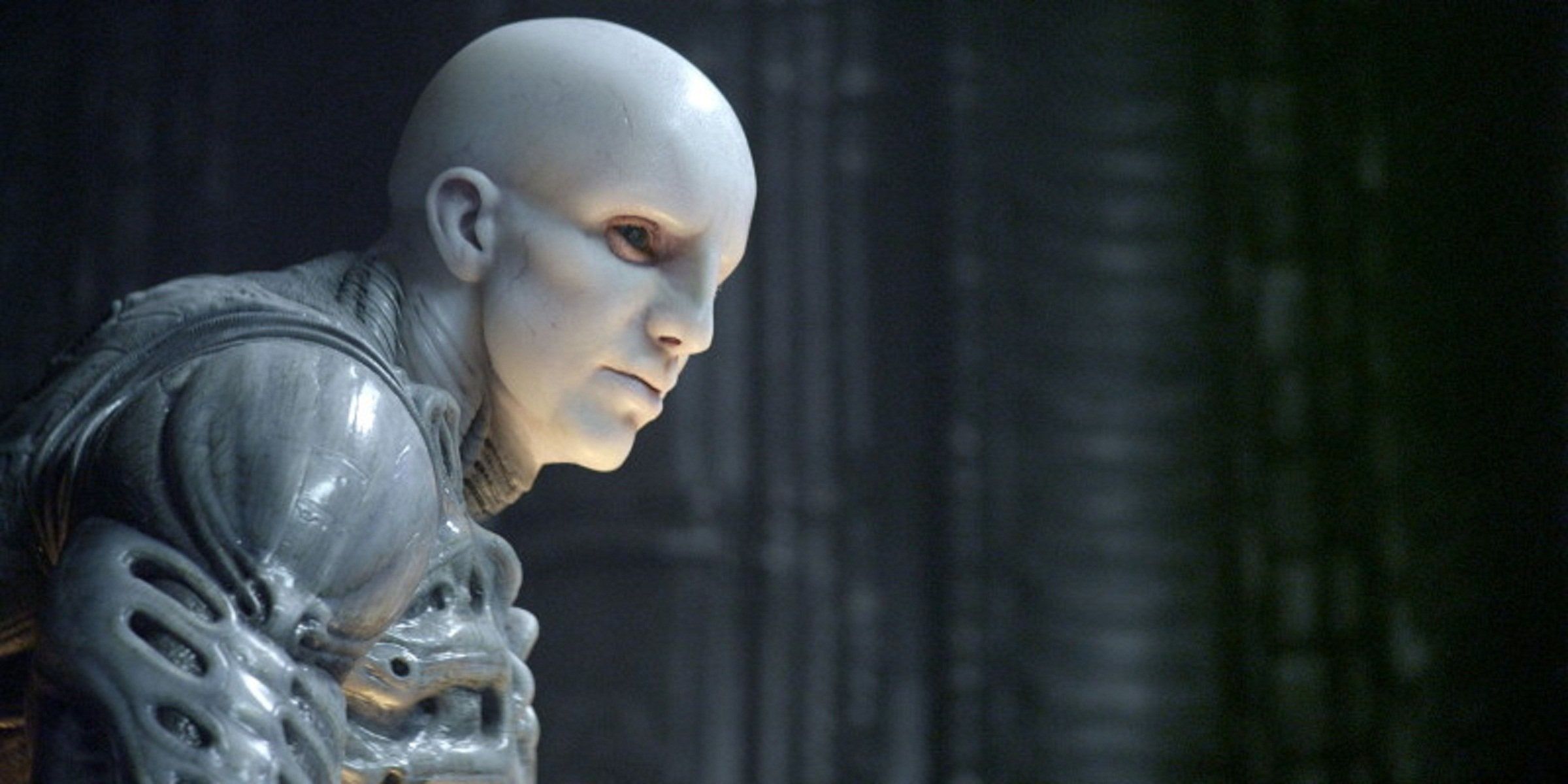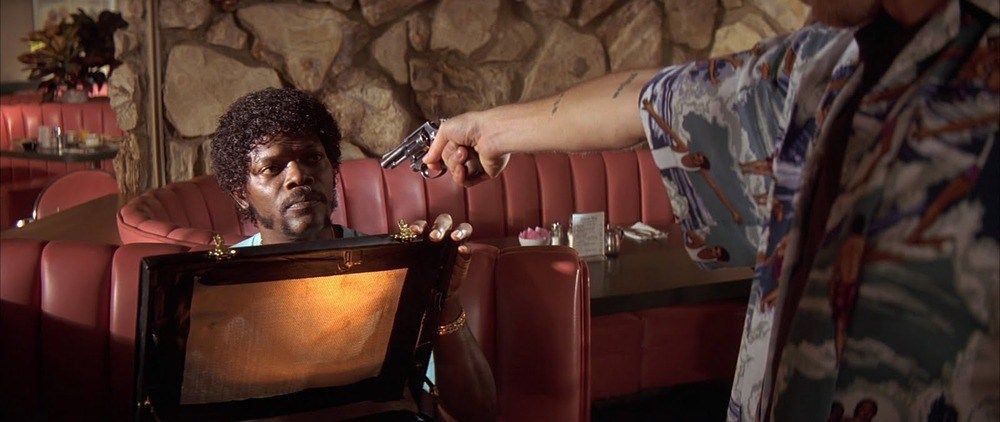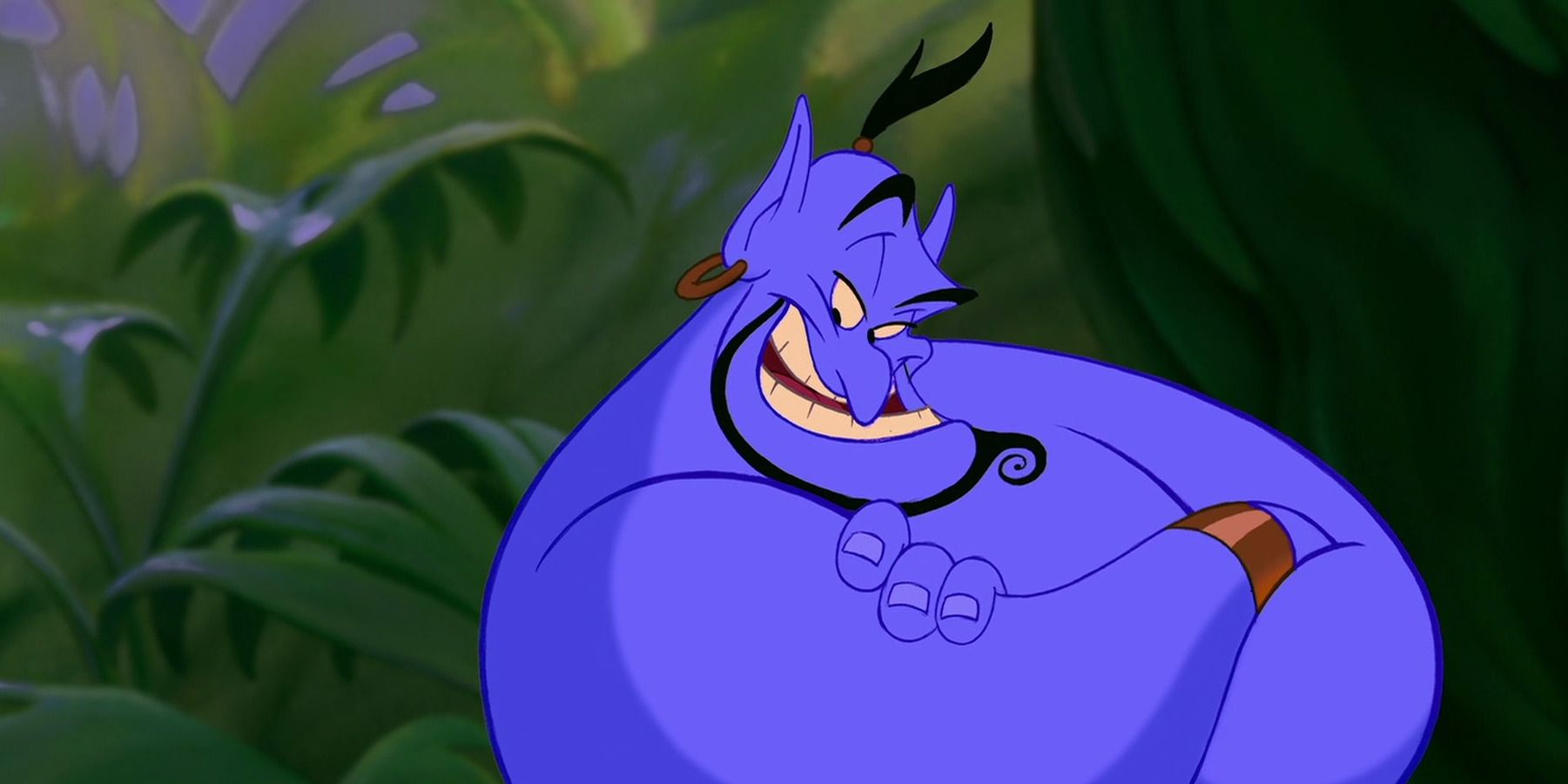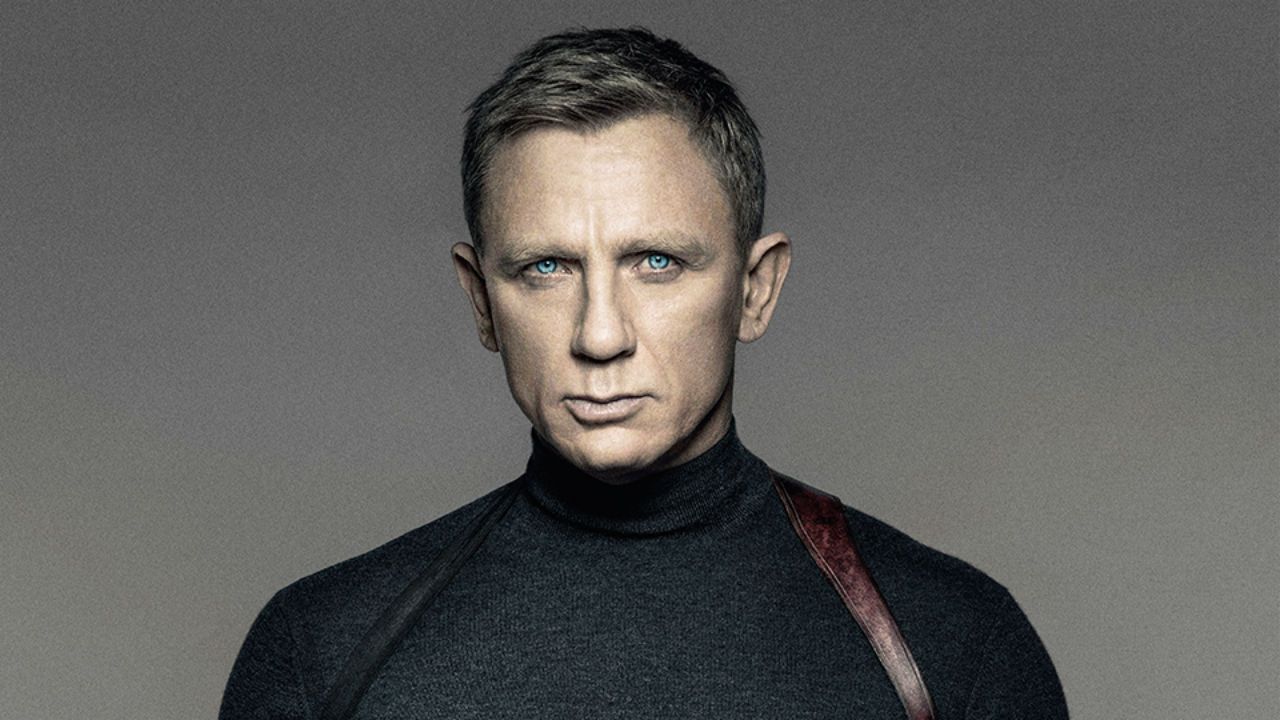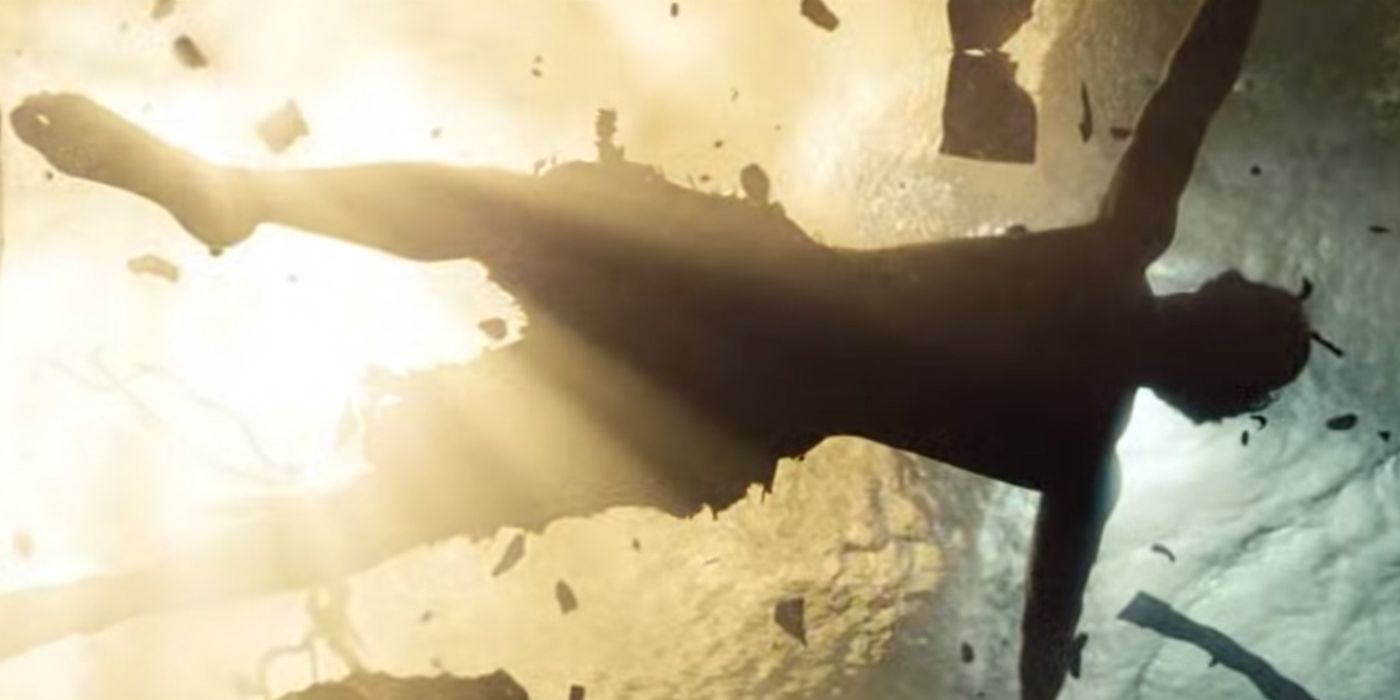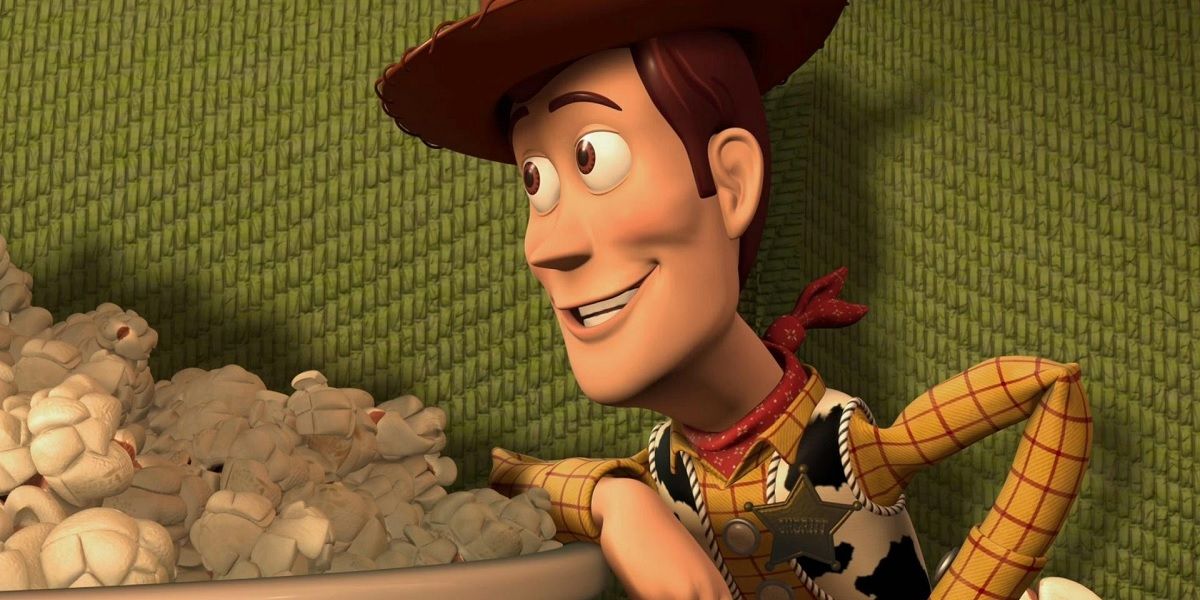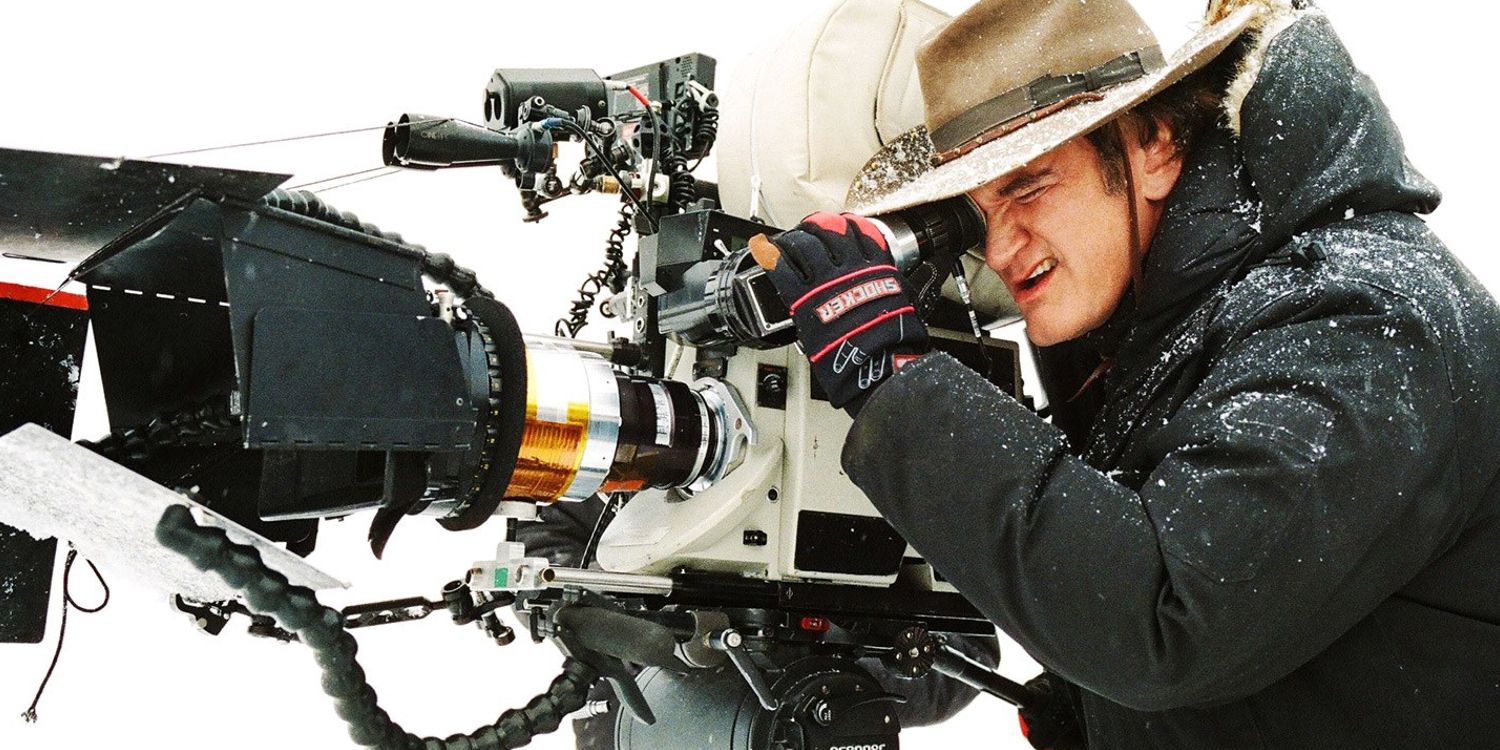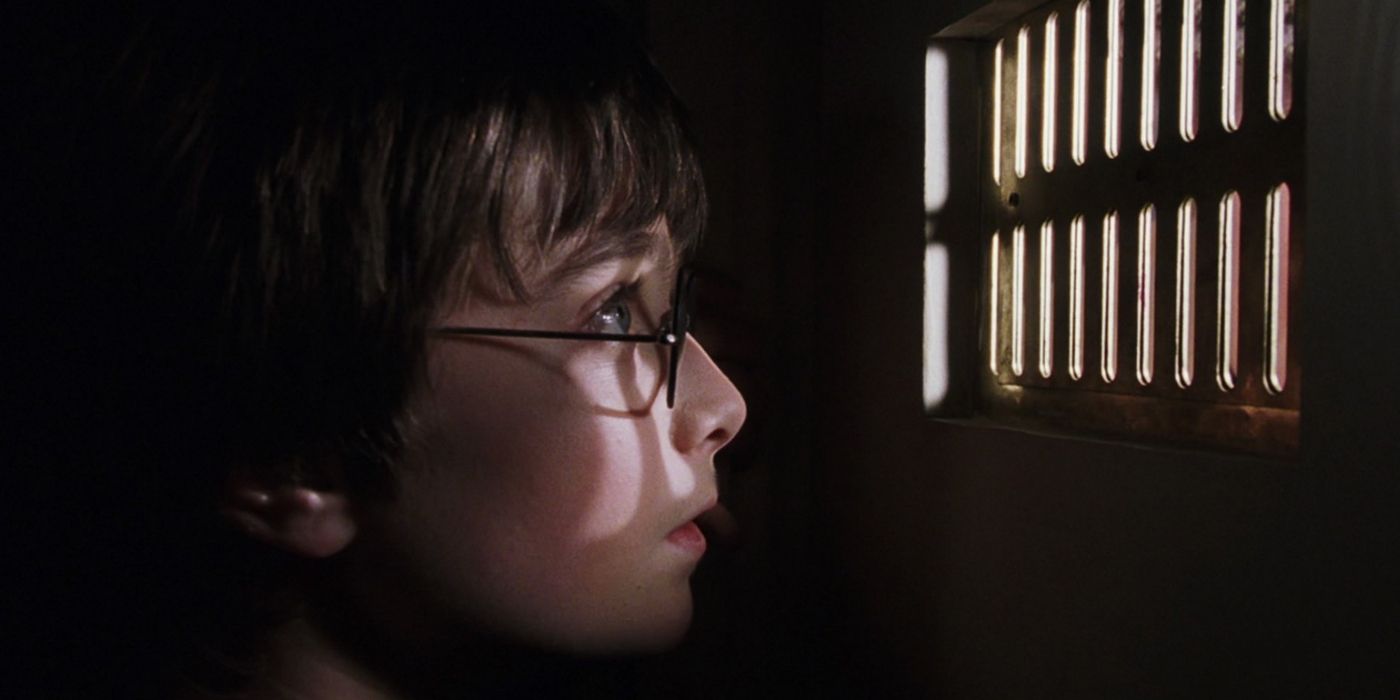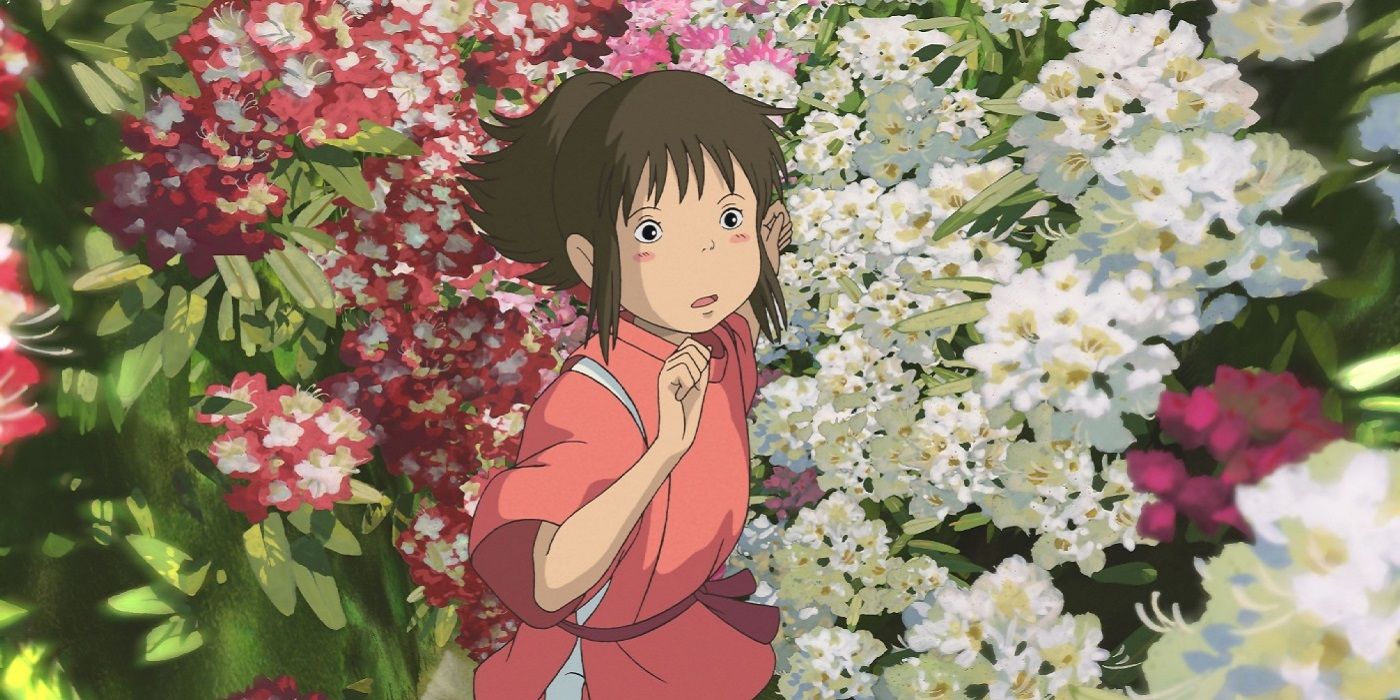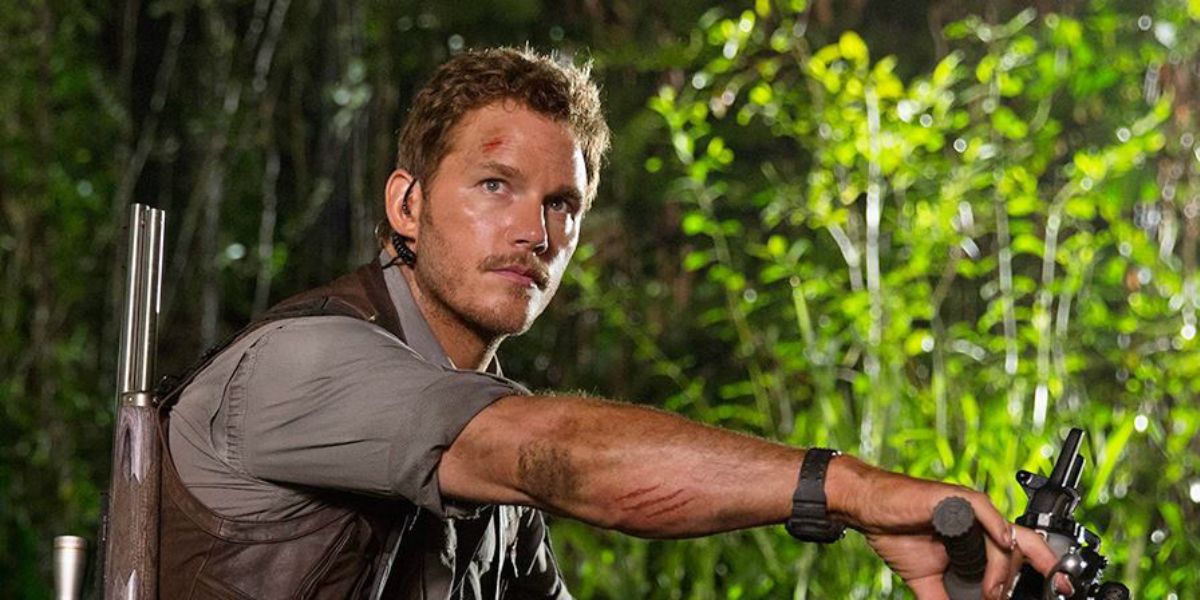For almost as long as there have been movies, there have been crazy fan theories to go along with them. The internet has only given rise to this phenomenon, with a seemingly endless stream of out-there hypotheses cropping up that claim to put a whole new spin on new and classic films.
Some of these theories are taken very seriously by their proponents. These viewers genuinely believe that – by picking up subtle clues missed by the wider audience – they have unearthed hidden storytelling elements hidden by the filmmakers.
Conversely, other lines of conjecture were only ever intended in jest. These theories are designed simply to entertain, and those involved don’t really believe they hold any factual merit. Sometimes, it’s just plain fun to dream up hilarious alternate readings of blockbusters and innocent family outings.
Regardless of whether they are intended to be earnestly informative or side-splitting, these outlandish theories are typically dismissed by film critics, cinema buffs or even the filmmakers themselves. After all, they couldn’t possibly be true – or could they? As it turns out, sometimes, the answer is actually “yes”!
Here’s a round-up of 8 Crazy Movie Theories That Are Actually True (And 8 That Definitely Aren’t).
True – Frozen And Tarzan Are Set In The Same Universe
For the five people out there who still haven’t seen Frozen, early on in proceedings, the parents of Princesses Anna and Elsa are apparently killed when their ship is lost at sea. It seems like a fairly open-shut affair, but that hasn’t stopped some fans from speculating that they survived.
Apparently, what actually happened is that the royal couple washed ashore on a nearby island. Here, they started a new life in the surrounding jungle, raising a newborn baby – who would grow up to become Tarzan!
If this seems more than a bit of a stretch, that’s because it is.
But it’s a line of logic Frozen co-director Chris Buck subscribes to – even if Disney probably doesn’t. Given Tarzan’s parents also meet an unfortunate end in Tarzan – they’re mauled to death by a leopard – the question really becomes which unpleasant fate viewers would rather envision for the King and Queen!
Not True – Jar Jar Binks Was Secretly A Sith Lord
Star Wars fandom is rife with wild theories, many that are flat-out ludicrous – and hapless sidekick Jar Jar Binks being a covert evil mastermind is certainly a fine example of this.
Theorists point to the Gungan instigating the vote which eventually allows Supreme Chancellor Palpatine to take control of the galaxy. In Attack of the Clones, this is ostensibly an unwitting mistake by a naive political operator – but some fans think otherwise.
Allegedly, Jar Jar’s bumbling persona is an act, and he intentionally hands Palpatine the power he needs to crush the Republic and its Jedi protectors. Some say he was in cahoots with the future Emperor, while others claim he was really a Sith Lord, calling the shots from the shadows!
Let’s be real for a second: Jar Jar is arguably the worst thing to happen to Star Wars, but he’s definitely not a Dark Side-wielding genius.
True – Dumbledore's secret identity
Harry Potter author JK Rowling often weighs in on the many theories surrounding the boy wizard and his world. While not all of these hypotheses get her tick of approval, one she has given the thumbs up to sees Professor Dumbledore re-cast as the embodiment of mortality!
This proposition metaphorically aligns four of the main players – Harry, Dumbledore, Lord Voldemort and Severus Snape – with the characters in the "Tale of the Three Brothers" story-within-a-story featured in The Deathly Hallows.
This allegory sees Voldemort as a stand-in for the power-hungry eldest brother, Snape as a surrogate for the love-obsessed middle brother and Harry as a mirror for the youngest sibling, as both ultimately greet mortality "like an old friend."
As for Dumbledore – as the figure who meets Harry at the crossroads between the physical world and the afterlife, he symbolizes the great beyond itself.
Not True – Uncle Frank Is The Real Villain In Home Alone
Christmas classic Home Alone is arguably the perfect family film. Taken at face value, the story of eight year-old kid Kevin McCallister – forced to defend his house from robbers after he’s accidentally left behind when his family go on holiday overseas – is an absolute blast.
Some viewers have dug deeper into Home Alone’s narrative, coming to the conclusion that Kevin’s Uncle Frank – and not burglars Harry and Marv – is the real antagonist of the film. Apparently, Frank plotted to rob his wealthier brother and coordinated all of Kevin’s misfortunes to this end. They even posit that when Frank is later seen making a phone call, he’s providing further instructions to his cronies Harry and Marv – ordering them to bump Kevin off!
This is a fun theory that’s hard not to get behind, but honestly? There’s very little in the movie itself – including the shoot script – that supports it.
True – Peter Parker Cameos In Iron Man 2
The Marvel Cinematic Universe is renowned for the extent to which its many films are interconnected. Yet even with the incredible amount of crossover that already occurs, some fans aren’t satisfied – going so far as to dream up some of their own!
The finest example of this would be the theory that Spider-Man puts in a cameo appearance in Iron Man 2. With his alter-ego Peter Parker an established science geek and fan of Tony Stark, it kinda makes sense to suggest he was the young kid dressed as Iron Man seen during the finale.
Spidey actor Tom Holland and Marvel Studios head honcho Kevin Feige both agree.
They give it their official seal of approval – allowing this one to graduate from wishful fantasy to canonical fact.
Not True – The Shining Exposes The Moon Landing "Cover-Up"
The Shining – director Stanley Kubrick’s take on Stephen King’s haunted house novel – is an intentionally ambiguous affair that invites viewer scrutiny. While the acclaimed auteur was typically tight-lipped when it came to verifying fan theories, there is one that he was quite vocal in denouncing.
Some moon landing conspiracists believe that Kubrick orchestrated what they allege to be the faked footage of this historical milestone.
What’s more, they maintain that the director struggled with his guilt over hoodwinking the entire global population, and confessed his involvement through details layered into The Shining.
For instance, Room 217 becomes 237 in the big screen adaptation, as the distance between the Earth and the Moon is approximately 237,000 miles. Unfortunately, none of these "clues" actually stack up – in the case of Room 237, Kubrick made this change at the behest of the hotel used for filming.
True – Jesus Was An Engineer
The funny thing about Alien prequel Prometheus is that it actually provides far more questions than answers about this beloved horror franchise. A lot of these head-scratchers center around the mysterious Engineers – the advanced extra-terrestrial race responsible for creating life on other worlds, including Earth.
Given their god-like status, it comes as little shock that fan conjecture immediately turned to whether or not the Engineer mythology tied into Judeo-Christian tradition. Basically, people wanted to know whether Jesus Christ was actually an Engineer in the Alien universe.
It might sound far fetched, but Ridley Scott has confirmed that this theory is 100% correct.
The Engineers did indeed send another emissary to humanity, who was crucified by the Romans. According to Scott, this was toned down in the final cut of Prometheus – mostly to avoid being too heavy-handed with the symbolism – but it is still present in the film’s subtext.
Not True – The Briefcase Contains Marcellus' Soul In Pulp Fiction
The narrative of Quentin Tarantino’s Pulp Fiction is driven largely by a briefcase belonging to gangster Marcellus Wallace. The kicker? We never get to see what’s inside it!
Naturally, this has inspired cinema aficionados to speculate on what the briefcase’s glowing contents could be, and given rise to one persistent (yet false) theory along the way.
This theory states that the briefcase stores Marcellus’ soul. As additional proof, the band-aid on the back of the crimelord’s head supposedly covers the spot from which his soul was sucked. In reality, it hides a shaving cut that actor Ving Rhames felt self-conscious about.
Co-writer Roger Avary has since debunked the theory.
As Avary tells it, the briefcase is a "MacGuffin" – its contents are valuable but unimportant, except to the characters themselves. So, no: the briefcase was never intended to contain Marcellus’ soul specifically, although many fans still favor this explanation.
True – The Genie Is Also The Peddler In Aladdin
Ask someone what the most memorable thing about Disney’s Aladdin is, and chances are they’ll tell you it was Robin Williams’ hyperactive vocals as the Genie. Indeed, the late comedian’s performance is such a stand-out, it overshadows the fact that he actually lent his pipes to another character, too.
That’s right: as well as voicing Genie, Williams also plays the Peddler – the fast-talking street vendor who introduces the movie. Thanks to the similarities between the two characters – not only do they share Williams’ voice, but both have a similar, rapid-fire style of delivery – fans have long guessed the pair are really one and the same.
Well, they were right!
Co-director Ron Clements revealed a few years back that the Peddler was intended to be the now-freed Genie in disguise. A deleted scene even made this connection explicit, but it wound up on the cutting room floor.
Not True – "James Bond" Is Really A Code Name
Over the course of more than 50 years and 24 official instalments, the James Bond franchise has undergone plenty of changes. Most notably, the actor playing 007 himself been re-cast six times, with Sean Connery, George Lazenby, Roger Moore, Timothy Dalton, Pierce Bronson, and Daniel Craig all filling Bond’s trademark tuxedo.
In an effort to address the discontinuity the arises between the different Bonds, fans of Ian Fleming’s super spy have devised numerous in-universe explanations. The craziest of these postulates that “James Bond” is actually a code name bestowed upon different agents, explaining Agent 007’s physical transformation from Connery through to Craig!
It’s a smart theory, but sadly, there’s nothing to back it up in Fleming’s original novels. There’s virtually zero likelihood that it will ever be embraced by EON Productions, either – which marks the final nail in the coffin for this one.
True – Aquaman Cameos In Man Of Steel
Another instance of superhero fans attempting to join the dots between different films in the same shared universe, a persistent online theory argued that Aquaman cameos indirectly in Man of Steel.
This was said to occur when a pre-Superman Clark Kent is submerged in the ocean, and a pod of whales swim past him – supposedly at the behest of the King of Atlantis!
For many, this seemed like clutching at straws.
However, Jason Momoa – who portrays Aquaman in team-up flick Justice League – claims that director Zack Snyder confided in him that this was the idea behind the scene. It turns out that, after becoming aware of his future teammate’s plight following the oil rig disaster, the underwater adventurer sent the pod to ensure Superman found his way safely back to dry land.
Not True – Andy's Father Was The Original Owner Of Woody
Woody in Toy Story is clearly not a modern toy – indeed, the pull-string cowboy is relic from the 1950s, not the preset day (as shown in Toy Story 2). That begs the question: who owned Woody before Andy?
Building on the concept of Woody being a “hand-me-down” plaything, a theory latched onto by some Pixar fans is that the doll’s original owner was Andy’s unseen father. The logic here is that Andy’s dad never shows up during the trilogy because he died prior to the first movie, and Woody was effectively bequeathed to Andy as a result.
It all adds-up nicely – except that Andrew Stanton says it’s not true. Stanton – who co-wrote all three films – took to social media to nip this one in the bud, after it was erroneously reported as fact.
True – All Tarantino Movies Take Place In The Same Universe
When you think of shared universes on the big screen, Quentin Tarantino’s body of work is hardly the first thing that springs to mind. Yet as any cinephile worth their salt already knows, there are several elements connecting Tarantino’s films, which together suggest they all exist within the same reality.
Some of these connections are pretty major: several characters we meet – for instance Vic Vega from Reservoir Dogs and Vincent Vega from Pulp Fiction – are related. Others nods are more subdued, like the Red Apple brand of cigarettes these characters all seem to prefer.
Tarantino finally set the record straight back in 2016 – dropping the bombshell that he’d actually created two interwoven fictional universes! Apparently, flicks Kill Bill and From Dusk Till Dawn take place in their own fantastical “movie universe”, which is what the characters in more realistic films like Jackie Brown watch when they go to the cinema.
Not True – Harry Potter's Adventures Never Happened
JK Rowling may have endorsed some Harry Potter-based conjecture over the years, but it seems highly unlikely she’ll ever give this entry her blessing. A rather dark bit of business, this fan theory posits that the none of the events in the series actually took place.
Instead, Harry’s escapades at Hogwarts were simply the sad inventions of an orphaned child desperate to escape the harsh reality of living with his abusive relatives, the Dursleys.
After all, who wouldn’t prefer to be a wizard going on adventures rather than a boy forced to live in cupboard under the stairs?
It’s a novel – if unbearably bleak – interpretation of the source material, and technically, it’s also impossible to refute (unless you happen to be the author herself). Frankly, we’d rather not believe that the books and films we invested in so heavily amount to little more than a mistreated kid’s fanciful daydreams!
True – Spirited Away's Secret Meaning
You’ve gotta give some moviegoers credit: they really do put a lot of thought into what they’re watching. That’s how we’ve ended up living in a world where anime fans contend that family fantasy film Spirited Away is a tacit commentary on prostitution in 19th Century Japan.
Although the average viewer probably didn’t leave the cinema with the nightworker industry on their mind, amazingly, that actually was the subtext writer-director Hayao Miyazaki intended to imbue the film with. Following Spirited Away’s release, the Studio Ghibli co-founder admitted as much, confirming that certain cultural references were designed to evoke the “bathhouse workers” of the time.
This in turn was meant as a metaphor for the state of contemporary Japanese society, which Miyazaki believes is best represented by this industry. The fairness of this appraisal is up for debate – but its inclusion in the movie definitely isn’t!
1. Not True – Owen Grady Is The Kid From Jurassic Park, All Grown Up
As portrayed by Sam Neill, Doctor Alan Grant is a thinking man’s action hero. Indeed, the good doctor’s scientific knowledge of dinosaurs is easily as impressive as his bravery in a tight spot – something not lost on young Tim Murphy in the first Jurassic Park film.
Tim’s adoration of Grant – especially when the palaeontologist proclaims the dangers posed by a velociraptor – is the basis for this entry, which ties him to Owen Grady from Jurassic World.
If you believe the theory, Tim is Grady, all grown up and now a raptor wrangler thanks to his experiences in the original movie.
There’s a lot wrong with this one; for starters, it requires Tim to inexplicably change his name. Most damning of all, actor Chris Pratt has divulged that this backstory doesn’t jibe with what he himself has developed for Grady – suggesting it was something the filmmakers never even considered!
---
What are some other crazy movie theories that are actually true? Let us know in the comments!

